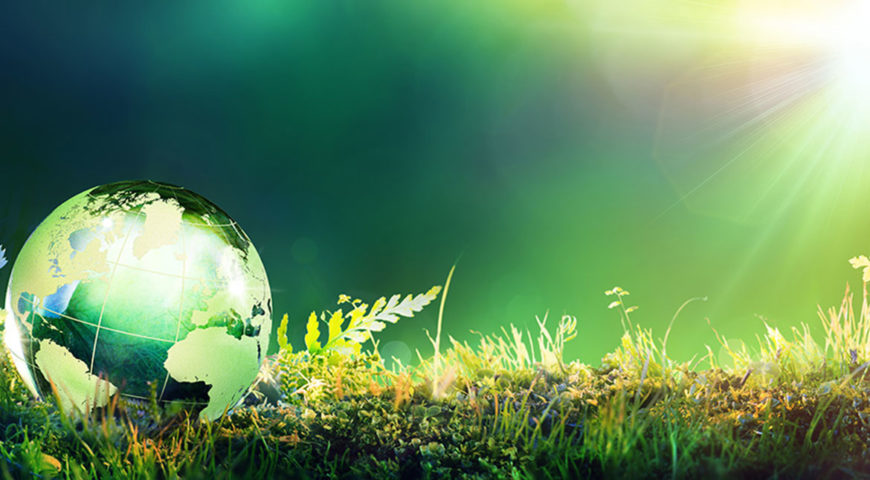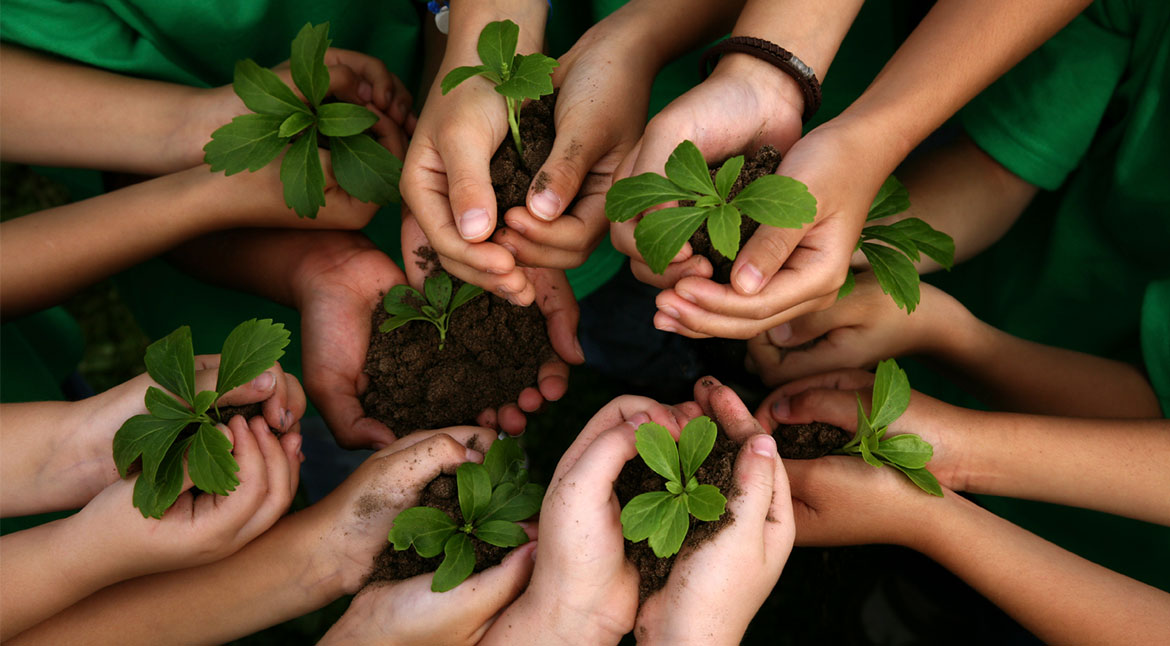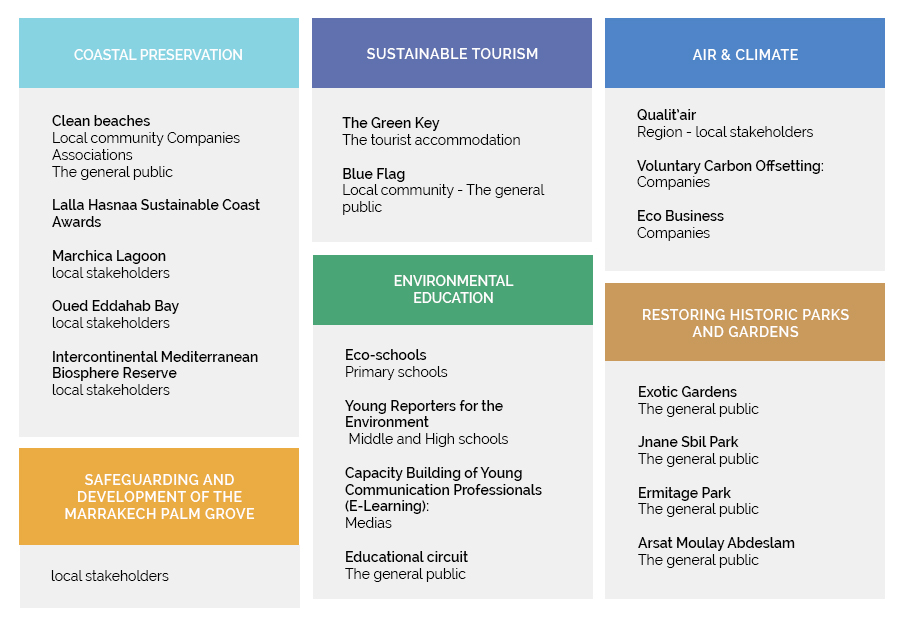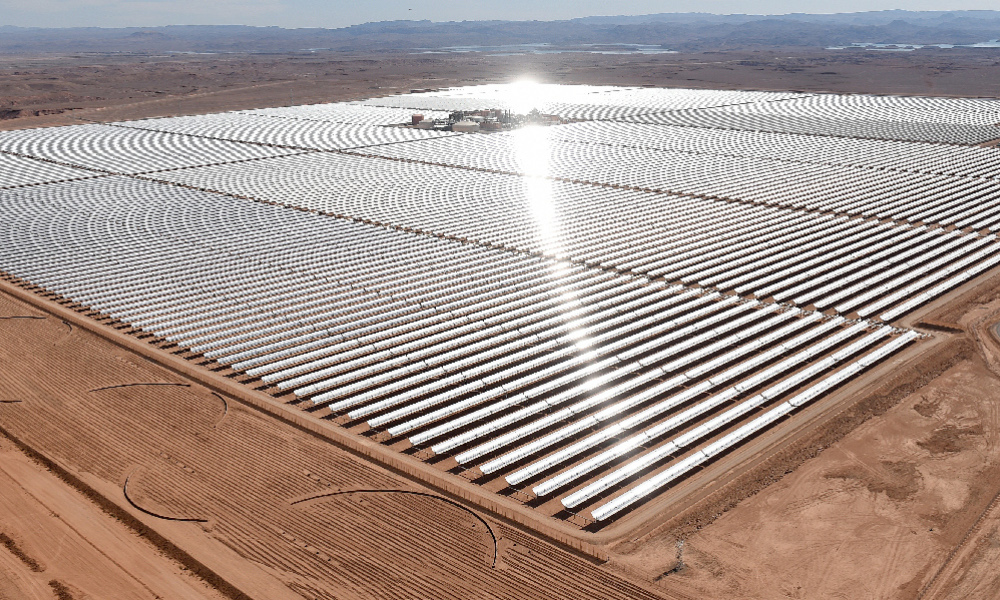
DUNES & DESERT ACTS FOR ENVIRONMENT (AND YOU CAN HELP)
Since our creation, the respect of the environment is part of Dunes & Desert’s DNA. As nature lovers, our duty is to preserve it to the fullest.
In concrete terms, our daily objective is to limit our environmental impact by managing waste (systematic collect by our guides in all the places we cross) and by optimizing resources to avoid waste.
We are aware that a part of our activity (quad rides) currently involves a consumption of a few liters of fuel at each ride.
Just like you, we are waiting for the commercialization of electric quads, and will be the first on the front as soon as it is possible to bring them back to Morocco.
While waiting for the launch of these electric vehicles, the best option that we can offer you is ecological compensation.

What is the ecological compensation ?
Until vehicles producers provide us with 4wd quads, cruisers & buggies, we are proud of our ecological compensation efforts in partnership with ngos, associations and foundations locally encouraging the adoption of renewable energies and a donation to them supports their projects, which, one by one, each in their own way, bring society closer to a global model of greener management.
Morocco is a leader in the promotion of renewable energies and with the Mohammed VI Foundation for the protection of the environment, it is very easy to participate in the national project.
You can make a donation to offset the impact of your activity when you buy a Dunes & Deserts activity online. Just select “Ecological compensation” as an extra and type in the amount you’d like to donate to the roll out of renewable energy solutions to remote areas across these welcoming and unforgettable landscapes.
It is also possible to make a donation yourself directly by credit card via the CO2 Calculator.
As example:
– Half day Quad ride (350cc) with both transfers: MAD 9 per person (€0.79, £0.71, $0.98)
– Full day Toyota 4wd 12hp: 5 MAD per vehicle. (€0.44, £0.39, $0.54)
– One-way flight from Paris to Marrakech: 125 MAD / person / way. (€10.97, £9.79, $13.60)
Mohammed VI Foundation for the protection of the environment
The Mohammed VI Foundation for Environmental Protection was established in June 2001, at the initiative of His Majesty King Mohammed VI. Her Royal Highness Princess Lalla Hasnaa has been entrusted as the Chair from the beginning.
The Foundation’s fundamental mission is raise- awareness and education to sustainable development.
In this mission, the Foundation is open to the entire public, from schoolchildren to political and economic decision makers, to the general public.
The Mohammed VI Foundation for Environment Protection develops programs within 6 areas:

1 / Environmental education, which aims to raise awareness and initiate the public about sustainable development issues;
2 / Coastal preservation, which aims to protect wetlands and coastal environments threatened by human activities;
3 / Sustainable tourism, which aims to change the practices and reduce pressures on the environment by the sector;
4 / Air & Climate, which aims to raise awareness about improving air quality and reducing greenhouse gas emissions;
5 / Restoring historic gardens, which aims to protect exceptional heritage, improve the living environment for residents, and make the living environment a place for learning and environmental awareness;
6 / Safeguarding and development of the Marrakech palm grove aims to maintain and to plant adult palms, and managing the water resources, particularly using wastewater treatment for irrigation, solar energy for irrigation pumping, and by including the local population by supporting the development of ecological agriculture.
Learn more about the foundation (http://www.fm6e.org/en/)
Morocco and renewable energies
Since Morocco does not have oil or natural gas resources, it has to import 95% of the energy it consumes. The government looked at renewable energy more than 10 years ago.
The Moroccan green plan is based on the development of wind, solar and hydraulic energy and plans to increase the share of renewable energies to 42% of the kingdom’s energy mix by 2020, then to 52% by 2030. It is now 26% and should continue to climb given the incentive policy sought by King Mohammed VI and the considerable potential available to the country.
Indeed, Morocco has the largest solar thermal station next to Ouarzazate, which will soon spread over 30 km2, with the aim of bringing 2000 megawatts (MW) by 2020. (see picture below).

Concerning the wind energy, the national development plan has already enabled the commissioning of several wind farms, including the largest wind power plant in Africa inaugurated at the end of 2014 in Tarfaya, on the Atlantic coast in the south of the country. Named Tarrec, it has a total capacity of 300 MW and is a first step towards a much larger development of the sector.
Finally, hydropower is another crucial production sector for the country. The installed electrical capacity is currently 1,770 MW, including 460 MW in the form of pumped energy transfer stations (STEP), to which will be added before 2020 the 350 MW of the new hydropower plant of Abdelmoumen. In addition, more than 100 MW of small hydropower plants will be developed under the Renewable Energy Act between 2017 and 2019. The government also relies heavily on local initiatives and the work of associations and NGOs to foster the development of renewable energy. renewable energies of proximity and the mesh of the network on the territory.
Learn more about Morocco renewable enegy projects:

